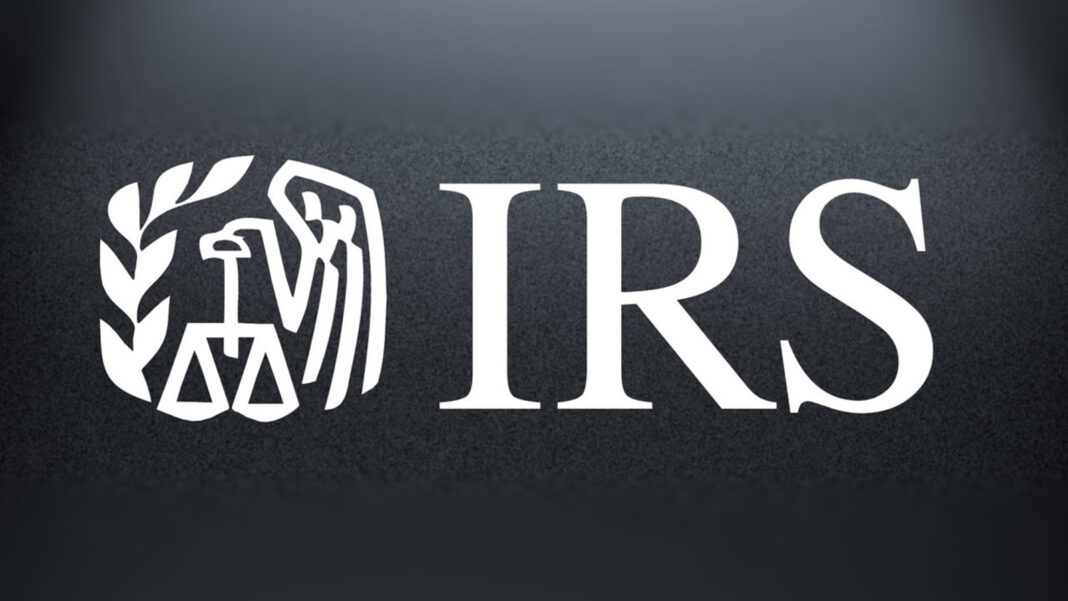Tax software, including IRS Free File, also helps prevent mistakes when selecting a tax return filing status
Washington – With only a few days remaining before the April 18 filing deadline, the Internal Revenue Service today reminded taxpayers how to avoid common errors on their federal tax returns and help get possible refunds sooner.
Gather all tax documents
Taxpayers should gather all documents, such as Forms W-2 and 1099, and any documents to support tax deductions or credits like education credits or mortgage interest payments. Taxpayers should also have their prior-year tax return available; they may need it.
File electronically
The IRS encourages taxpayers and their tax professionals to file their tax returns electronically through IRS Free File or other e-file service providers. Electronic filing helps reduce math errors and identifies potential tax credits or deductions the taxpayer may be eligible to claim. Taxpayers should always review their tax return for accuracy. Filing electronically and choosing direct deposit is the fastest and most secure way to receive a refund.
Use the correct filing status
Tax software, including IRS Free File, also helps prevent mistakes when selecting a tax return filing status. If taxpayers are unsure about their filing status, the Interactive Tax Assistant on IRS.gov can help them choose the correct status, especially if more than one filing status applies.
Double-check name, birth date and Social Security number
Taxpayers must correctly list the name, date of birth and Social Security number for each person they claim as a dependent on their individual income tax return. Enter each SSN and individual’s name on a tax return exactly as printed on the Social Security card.
If a dependent or spouse does not have a SSN and is not eligible to get one, list the Individual Tax Identification Number (ITIN) instead of a SSN.
Answer the digital assets question
Forms 1040 and 1040-SR for tax year 2022 ask whether, at any time during 2022, the taxpayer received (as a reward, award or payment for property or services), sold, exchanged, gifted or otherwise disposed of a digital asset (or financial interest in any digital asset). Taxpayers should not leave this field blank but should check either “Yes” or “No.”
Report all taxable income
Remember, most income is taxable. Under-reporting income may lead to penalties and interest. This includes unemployment income, interest received and income from the gig economy, service industry and digital assets. See Publication 525 for more information.
Double-check routing and account numbers
Taxpayers can request direct deposit of a federal refund into one, two or even three accounts. Make sure the financial institution routing and account numbers entered on the return are accurate. Incorrect numbers can cause a refund to be delayed or deposited into the wrong account.
Taxpayers can also use their refund to purchase U.S. Savings Bonds.
Mail paper returns to the right address
Taxpayers and tax professionals are encouraged to file electronically if possible. For those who need to file a paper tax return, they should confirm the correct address of where to file on IRS.gov or on Form 1040 instructions to avoid processing delays.
Sign and date the return
If filing a joint return, both spouses must sign and date the return. When taxpayers are self-preparing their taxes and filing electronically, they must sign and validate their electronic tax return by entering their prior year’s adjusted gross income (AGI). Taxpayers can review Validating Your Electronically Filed Tax Return if they have questions.
Keep a copy of the tax return
When ready to file, taxpayers should make a copy of their signed return and any schedules for their records. Copies help them prepare future tax returns and make math computations if they need to file an amended return. Generally, taxpayers must keep their records that support an item of income, deduction or credit shown on their tax return until the period of limitations for that tax return ends.
Request an extension, if needed
Taxpayers who need more time to file can easily request a six-month filing extension to Oct.16 and prevent late filing penalties. Use IRS Free File or Form 4868, Application for Automatic Extension of Time to File U.S. Individual Income Tax Return by April 18. Keep in mind that, while an extension grants additional time to file, tax payments are still due April 18 for most taxpayers.
Taxpayers can also request an extension by paying all or part of their estimated income tax due and indicating that the payment is for an extension using Direct Pay, the Electronic Federal Tax Payment System (EFTPS), or a debit or credit card or digital wallet. This way taxpayers don’t have to file a separate extension form and will receive a confirmation number for their records.









